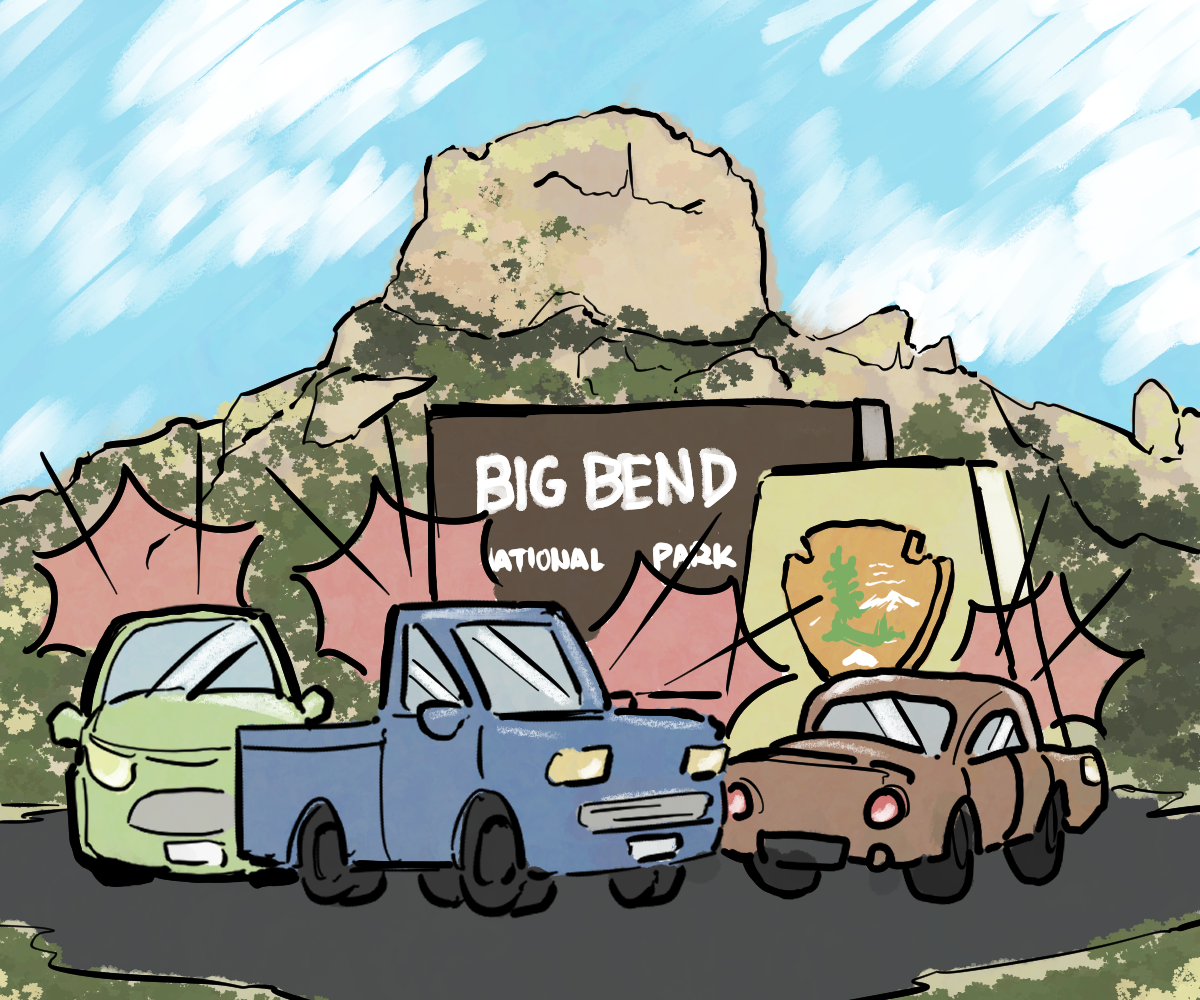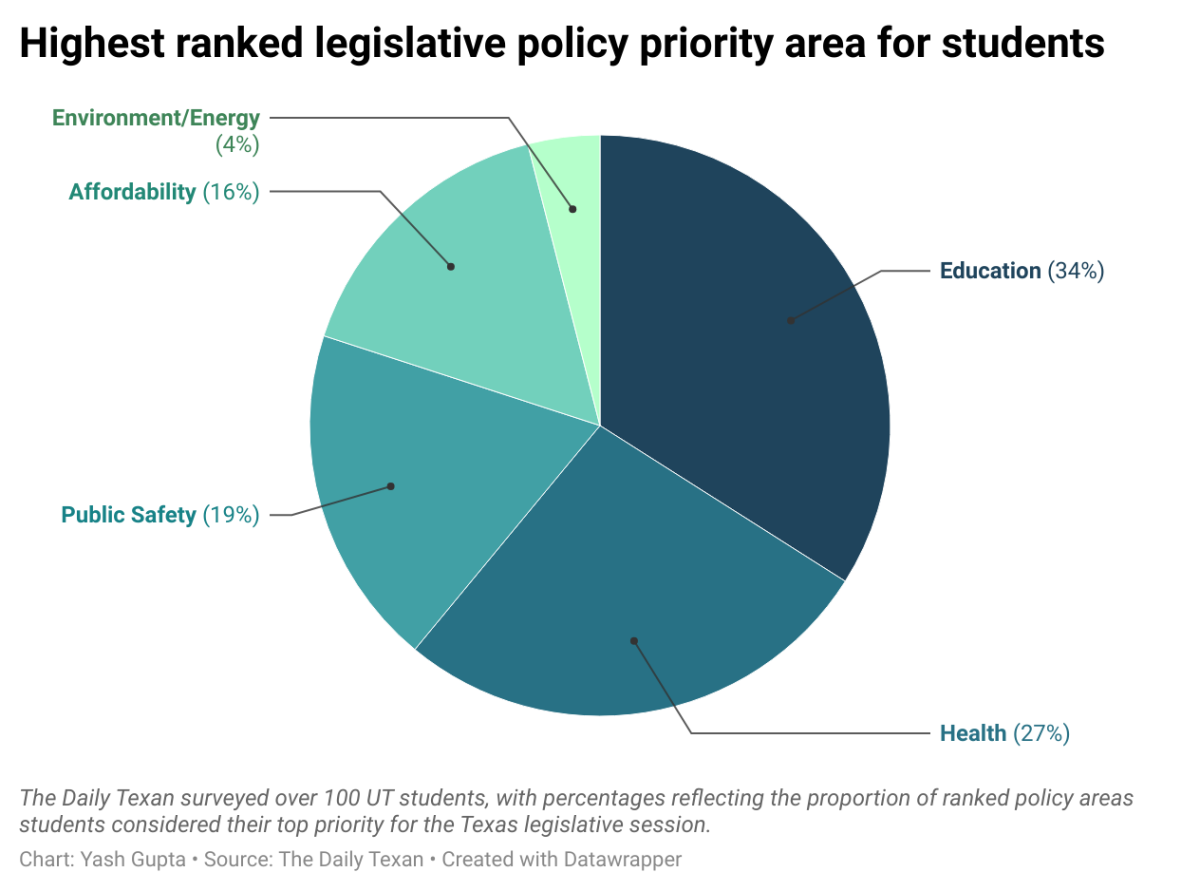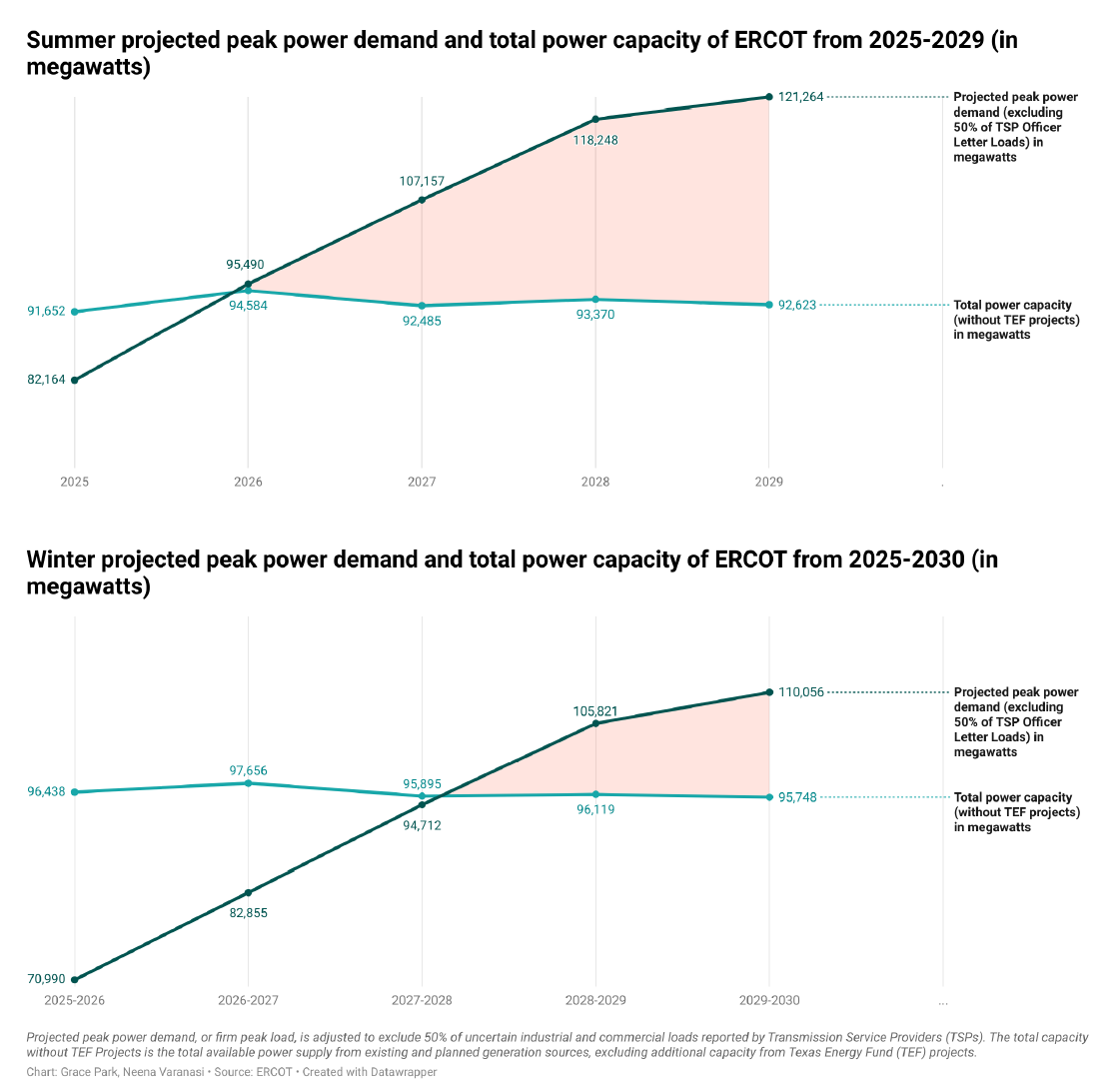The Texas Water Development Board adopted the first statewide flood mitigation plan on Aug. 15 after calls for better flash flood prevention.
Following the aftermath of Hurricane Harvey and other Texas floods in 2019, the state passed Senate Bill 8, calling for a statewide regional flood planning program. The state flood plan had to be prepared and adopted by the Board by Sept. 1, according to the bill.
Texas is split into 15 flood planning regions based on water basins, with each region developing a plan to include data about current and potential flood risks and proposed solutions to mitigate risk, said Tressa Olsen, state flood planner for the Texas Water Development Board. The state flood plan compiles information from the regional plans to provide an overview of flood risk and recommend mitigation strategies. The Texas Water Development Board must review and revise the flood plan every five years.
“We’re getting communities involved in the flood planning process so they are aware of the projects that are available to them,” Olsen said. “They’re becoming aware of potential funding to get these projects off the ground so they can mitigate future risk and get lives out of risk. While it’s just the first iteration of the plan, we expect to see tangible results.”
The statewide flood plan also considers the potential impact on a region’s resources. David Maidment, professor emeritus of civil engineering, said in his 40 years of flood response research, he has not seen a flood mitigation plan like Texas’.
“The main reason that it’s an impressive plan is that they’ve treated the whole state with respect to data in a consistent way, and we haven’t had that before,” Maidment said. “But Texas has about 200 counties that are rural in character, and flood planning is pretty expensive, and many of the rural counties just don’t do it … so having this statewide flood plan means that there’s a greater consciousness of what needs to get done over larger areas.”
Texas is geographically diverse so the regional flood plans vary based on environment, Olsen said. Austin is a part of Region 10, Lower Colorado-Lavaca, which has experienced 110 major flood events over the past 20 years. According to the flood plan for Region 10, the area saw about $1.2 billion annual costs in property damages from 2011 to 2021.
Potential mitigation strategies and projects in Region 10 include public outreach and education efforts, stormwater infrastructure improvements, flood warning systems and emergency generators. In the Lower Colorado-Lavaca, there are a lot of flash flood risks, water roadways and low-water crossings where there have historically been fatalities, Olsen said.
“Then within that as well, (the region has) 3,000 road miles, so that kind of speaks to the amount of risk, right?” Olsen said. “That’s a lot of road miles, all within flood hazard areas that could be prone to flooding and cause damage to lives and property.”
Austin is in “Flash Flood Alley,” so its topography, hills and high rainfall make it highly susceptible to flash floods, said Jorge Morales, director of Austin’s Watershed Protection Department.
“With climate change, we’re seeing more intense rain events now, and we have to make sure that people are aware and they know there’s a risk so they can prepare themselves well,” Morales said.













